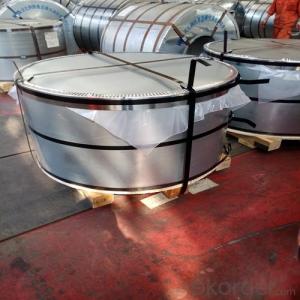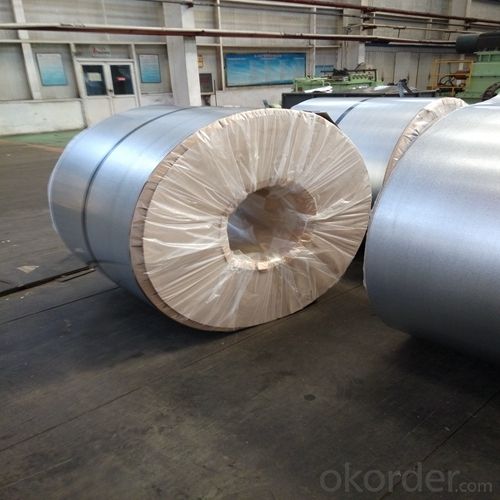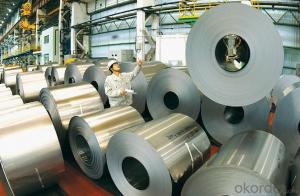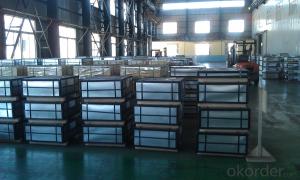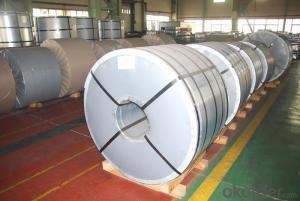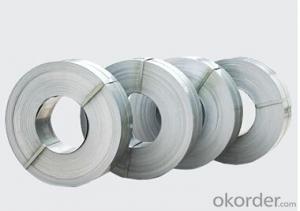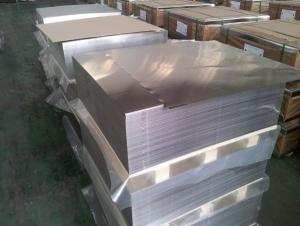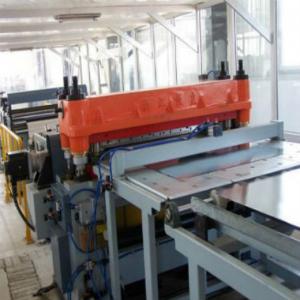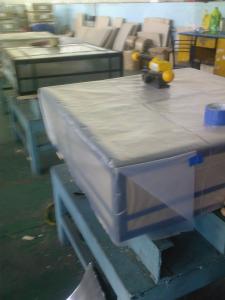Tinplate and TFS for Chemical or Industrial Useage
- Loading Port:
- Shanghai
- Payment Terms:
- TT OR LC
- Min Order Qty:
- 25 m.t.
- Supply Capability:
- 30000 m.t./month
OKorder Service Pledge
OKorder Financial Service
You Might Also Like
Specification
1.Structure of Tinplate and TFS for Chemical or Industrial Useage Description
Electrolytic Tinplate,is one thin steel sheet with a coating of tin applied by electrolytic deposition. Tinplate made by this process is essentially a sandwich in which the central core is strip steel. This core is cleaned in a pickling solution and then fed through tanks containing electrolyte, where tin is deposited on both sides. As the strip passes between high-frequency electric induction coils, it is heated so that the tin coating melts and flows to form a lustrous coat.
Also known as chromed steel, tin-free steel (TFS) is obtained by coating the metal base (low-carbon steel) with an ultra-thin layer of metallic chrome and then with a chromium oxide layer.
2.Main Features of the Tinplate and TFS for Chemical or Industrial Useage
Appearance – Tinplate is characterized by its beautiful metallic luster. Products with various kinds of surface roughness are produced by selecting the surface finish of the substrate steel sheet.
Paintability and printability – Tinplates have excellent paintability and printability. Printing is beautifully finished using various lacquers and inks.
Formability and strength – Tinplates have got very good formability and strength. By selecting a proper temper grade, appropriate formability is obtained for different applications as well as the required strength after forming.
Corrosion resistance – Tinplate has got good corrosion resistance. By selecting a proper coating weight, appropriate corrosion resistance is obtained against container contents. Coated items should meet 24 hour 5 % salt spray requirement.
3.Tinplate and TFS for Chemical or Industrial Useage Images
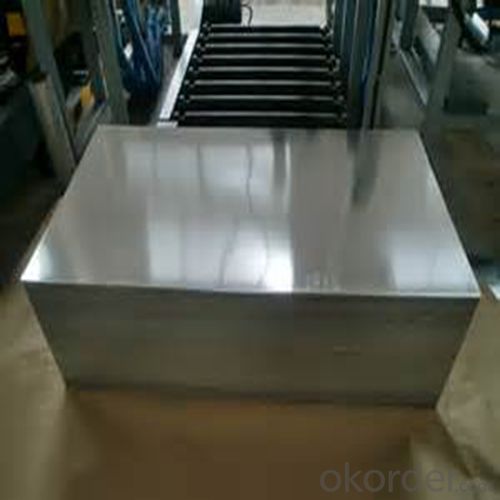
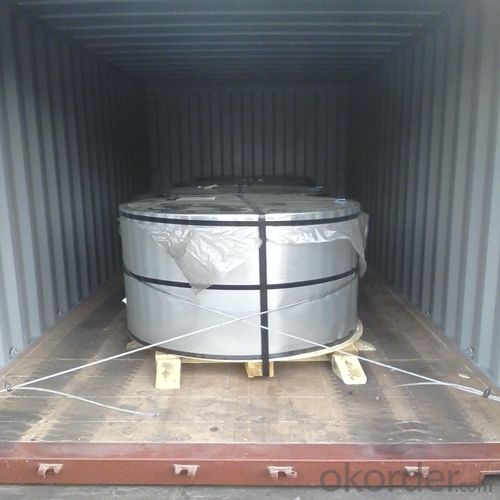
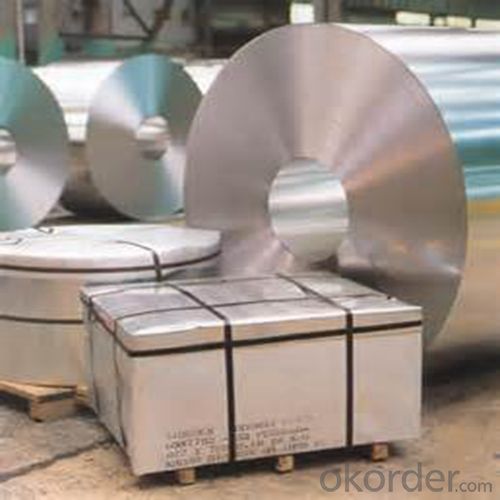
4.Tinplate and TFS for Chemical or Industrial Useage Specification
Specification of :
Standard: ISO 11949 -1995, GB/T2520-2000,JIS G3303,ASTM A623, BS EN 10202
Material: MR,SPCC
Thickness:0.15mm - 0.50mm
Width: 600mm -1150mm
Temper: T1-T5
Annealing: BA & CA
Coil Inner Diameter: 508mm
Weight: 6-10 tons/coil 1~1.7 tons/sheets bundle
Passivation:311
Oil: DOS
Surface: Finish,bright,stone,matte,silver
5.FAQ of Tinplate and TFS for Chemical or Industrial Useage
- How are the tinplates specified?
The tinplates are specified as per the steel base, extent of tempering, the coating weight, annealing method and the surface finish.
- How many types there are for base steels?
The base steels are of three types: Type MR, L, D
- Q: What are the main factors affecting the price of tinplate?
- The main factors affecting the price of tinplate include the cost of raw materials, such as tin and steel, supply and demand dynamics, global economic conditions, currency exchange rates, changes in government policies and regulations, and market competition. Other factors like transportation costs, energy prices, and the overall health of the manufacturing sector can also impact the price of tinplate.
- Q: How does tinplate perform in terms of resistance to mechanical stress?
- Tinplate performs well in terms of resistance to mechanical stress due to its high tensile strength and durability. It can withstand bending, twisting, and impacts without significant deformation or damage.
- Q: What are the main suppliers of tinplate?
- The main suppliers of tinplate are countries like China, Japan, South Korea, Germany, and the United States.
- Q: How is tinplate used in the manufacturing of electrical components?
- Tinplate is commonly used in the manufacturing of electrical components as it provides a protective coating that prevents corrosion and enhances durability. It is often used to make casings, enclosures, and connectors for various electrical devices, ensuring efficient and reliable functioning of the components.
- Q: What are the advantages of using tinplate for cosmetic packaging?
- There are several advantages of using tinplate for cosmetic packaging. Firstly, tinplate is highly durable and provides excellent protection to the cosmetic products, ensuring they remain intact during transportation and storage. Secondly, tinplate has a high resistance to corrosion, preventing any damage to the cosmetics caused by moisture or other environmental factors. Additionally, tinplate is lightweight, making it easy to handle and cost-effective to transport. Furthermore, tinplate can be easily molded into various shapes and sizes, allowing for customization and enhancing the visual appeal of the cosmetic packaging. Lastly, tinplate is a sustainable and recyclable material, aligning with the growing demand for eco-friendly packaging solutions in the cosmetic industry.
- Q: What are the characteristics of different tin process
- Mature technology and high production efficiency: the production of tinplate has a long history, mature technology is a set of production equipment with matching, high production efficiency, can meet a variety of product packaging needs. 4., exquisite decoration: metal materials printing performance; logo logo bright and beautiful, the packaging containers made eye-catching, is a good sales package.
- Q: How does tinplate handle exposure to gases and odors?
- Tinplate is known for its excellent resistance to gases and odors. It acts as a protective barrier, preventing the transmission of gases and odors into the contents it contains. This makes tinplate an ideal choice for packaging solutions, ensuring the integrity and quality of the products inside.
- Q: Can tinplate be used for packaging of frozen foods?
- Yes, tinplate can be used for packaging of frozen foods.
- Q: What are the main differences between tinplate and tinplate laminates in terms of shelf life?
- Tinplate has a longer shelf life compared to tinplate laminates. Tinplate is made of a single layer of tin coating on steel, providing excellent corrosion resistance and protection against oxygen and moisture. Tinplate laminates, on the other hand, consist of multiple layers, with a thin layer of tin on top of a substrate material such as plastic or paper. While laminates can offer additional features like flexibility and printability, they may have a shorter shelf life due to the potential for delamination or degradation of the substrate material.
- Q: How is tinplate cleaned and maintained?
- Tinplate is commonly cleaned and maintained by using mild soapy water and a soft cloth to wipe away any dirt or stains. It is important to avoid using abrasive cleaners or scrub brushes that could damage the tin coating. Additionally, regular maintenance includes drying the tinplate thoroughly after cleaning to prevent rust formation and storing it in a dry place away from moisture or direct sunlight.
Send your message to us
Tinplate and TFS for Chemical or Industrial Useage
- Loading Port:
- Shanghai
- Payment Terms:
- TT OR LC
- Min Order Qty:
- 25 m.t.
- Supply Capability:
- 30000 m.t./month
OKorder Service Pledge
OKorder Financial Service
Similar products
Hot products
Hot Searches
Related keywords
